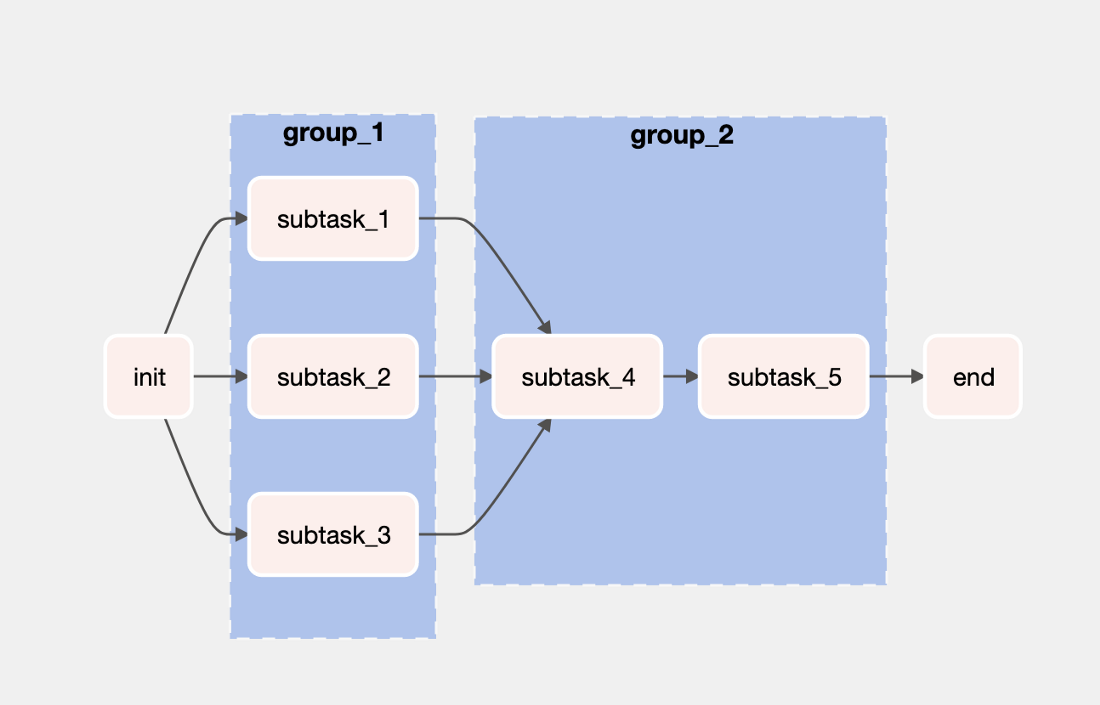To develop a subflow using Airflow DAGs, you can use the SubDagOperator. This operator allows you to define a sub-DAG within your main DAG, and it can be used to organize and reuse common tasks.
Here is an example of how to use the SubDagOperator:
from airflow import DAG
from airflow.operators.subdag_operator import SubDagOperator
from datetime import datetime, timedelta
# Define the subDAG
def subdag(parent_dag_name, child_dag_name, start_date, schedule_interval):
subdag = DAG(
f"{parent_dag_name}.{child_dag_name}",
schedule_interval=schedule_interval,
start_date=start_date,
)
# Define the tasks for the subDAG
task1 = BashOperator(
task_id='subdag_task1',
bash_command='echo "subdag task1"',
dag=subdag,
)
task2 = BashOperator(
task_id='subdag_task2',
bash_command='echo "subdag task2"',
dag=subdag,
)
# Define the task dependencies
task1 >> task2
return subdag
# Define the main DAG
dag = DAG(
'subdag_example',
schedule_interval=timedelta(hours=1),
start_date=datetime(2022, 1, 1),
)
# Define the subDAG operator
subdag_task = SubDagOperator(
task_id='subdag',
subdag=subdag('subdag_example', 'subdag', datetime(2022, 1, 1), timedelta(hours=1)),
dag=dag,
)In this example, the subdag function defines a subDAG with two tasks (task1 and task2) that are connected by a dependency (task1 >> task2). The main DAG (dag) then creates an instance of the SubDagOperator and assigns it the subdag function as the subdag argument. This causes the subDAG to be executed as a single unit within the main DAG.
You can also pass arguments to subdag function and use it as per your requirement.
It is also important to note that the subDAG must have a unique name that is different from the main DAG, which is why the parent_dag_name and child_dag_name arguments are passed to the subdag function in the example above

